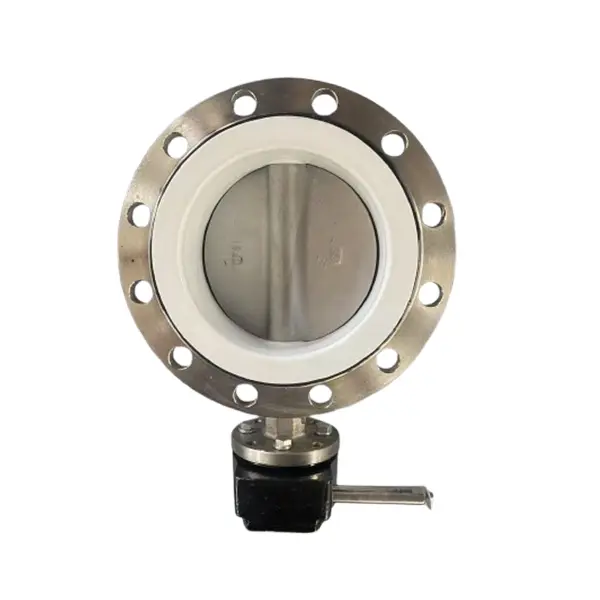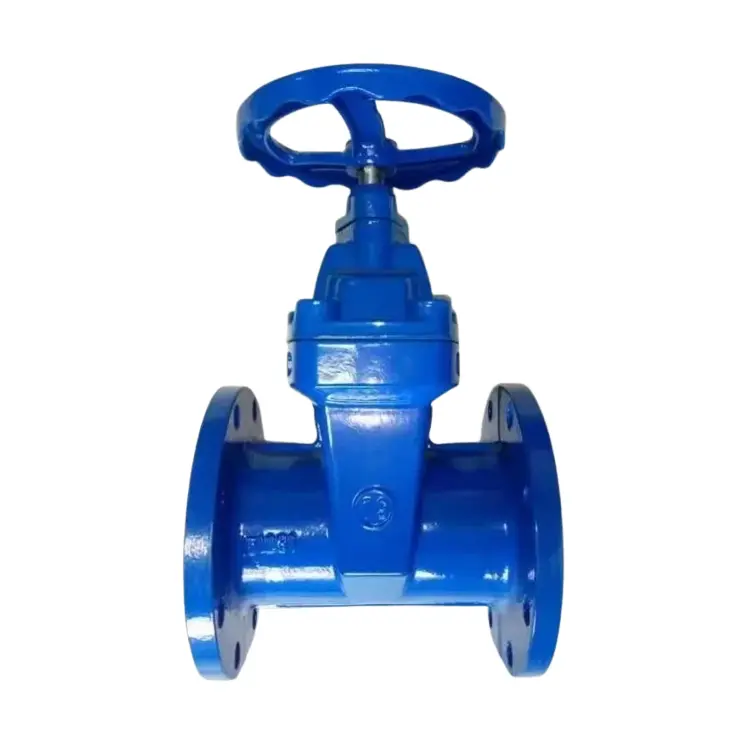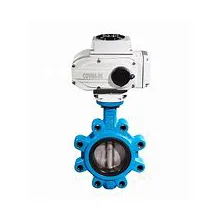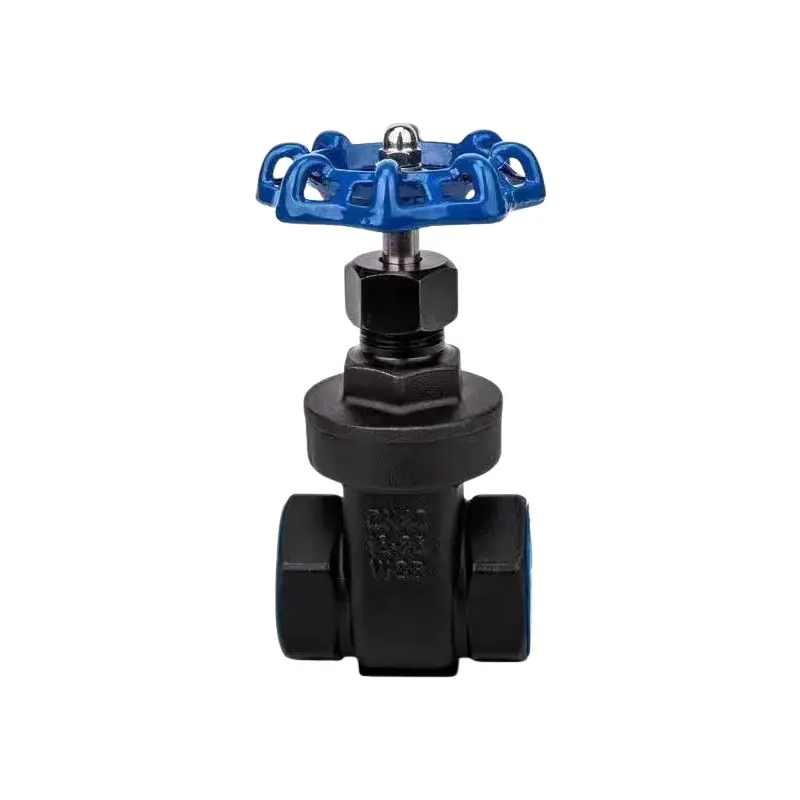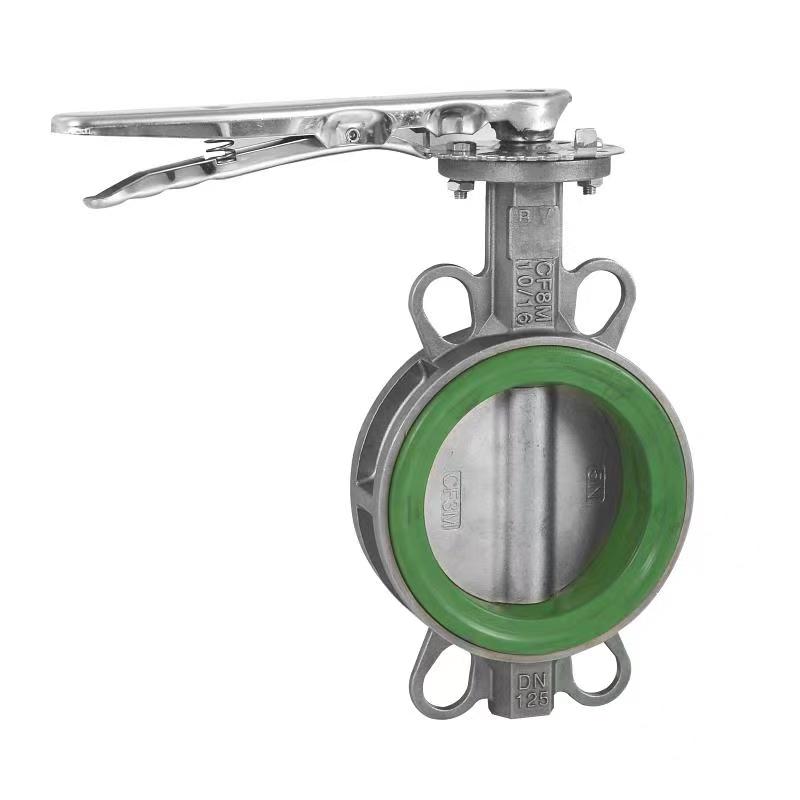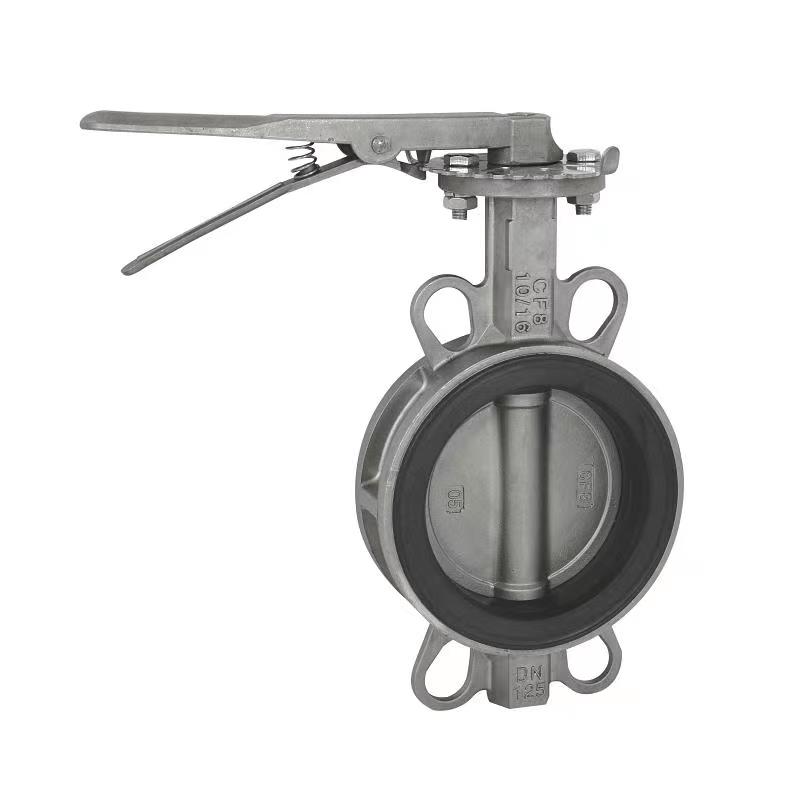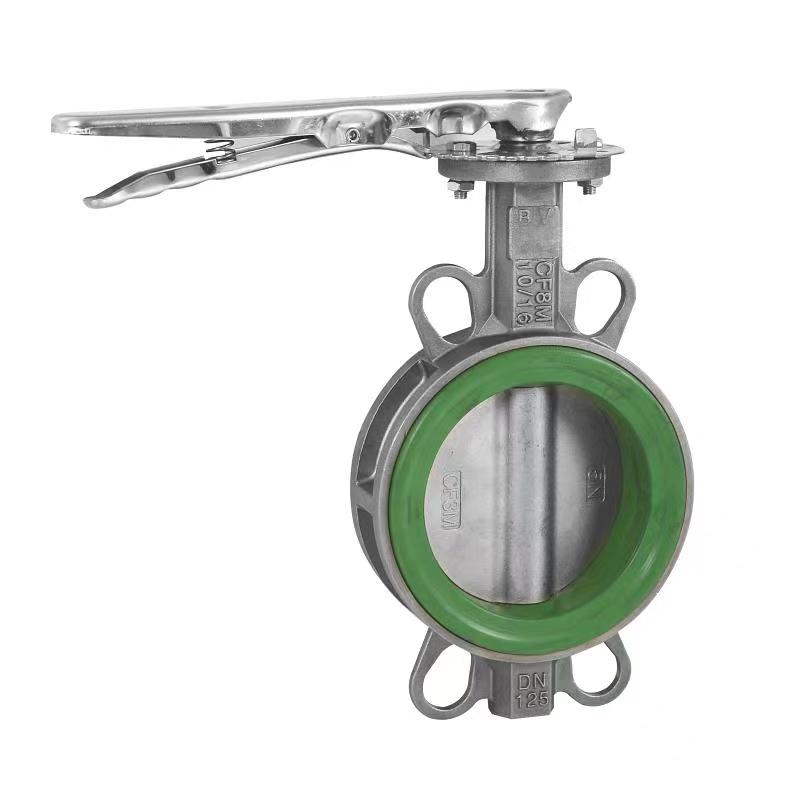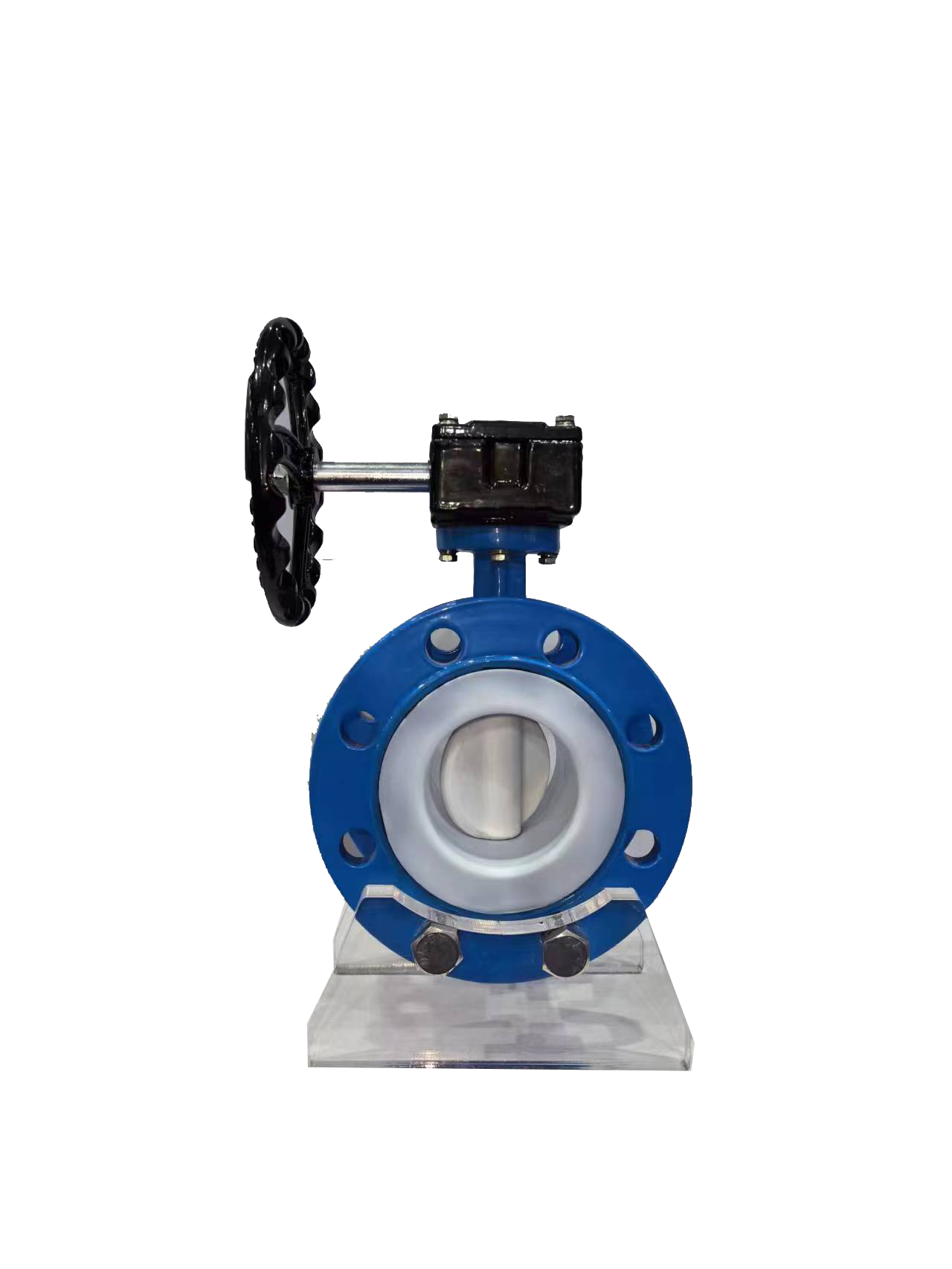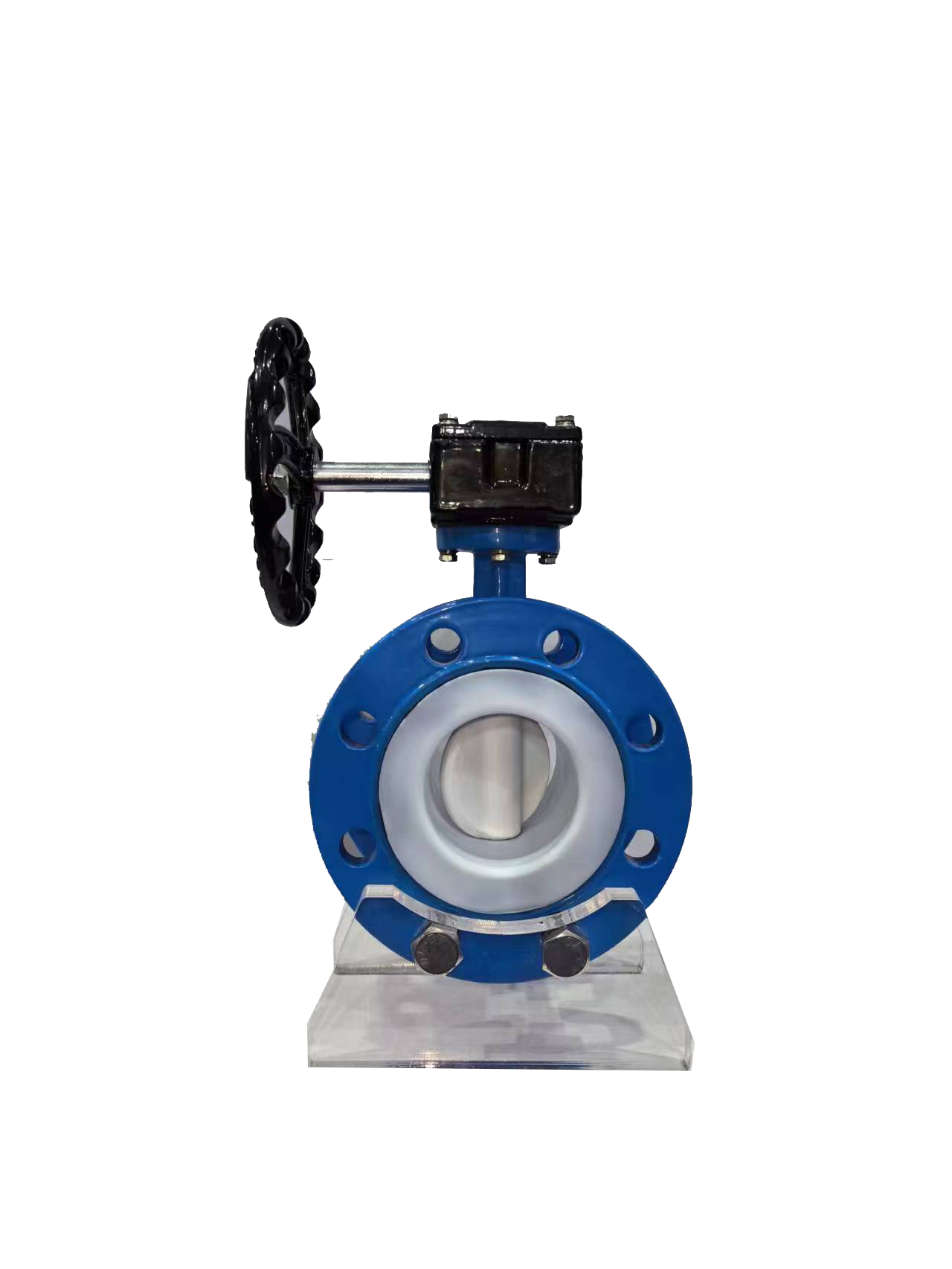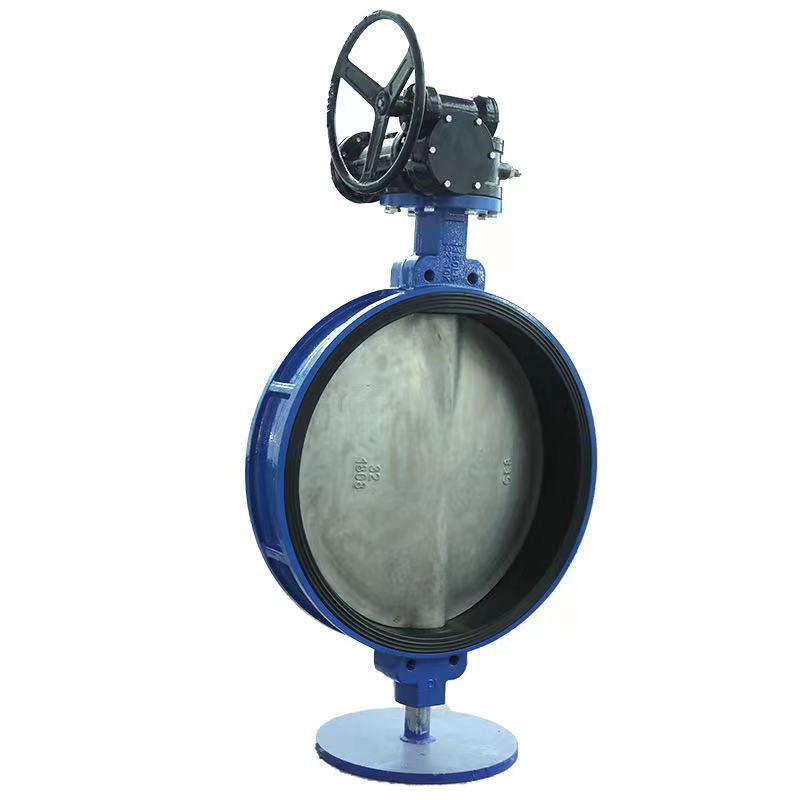- English
- Español
- Português
- русский
- Français
- 日本語
- Deutsch
- tiếng Việt
- Italiano
- Nederlands
- ภาษาไทย
- Polski
- 한국어
- Svenska
- magyar
- Malay
- বাংলা ভাষার
- Dansk
- Suomi
- हिन्दी
- Pilipino
- Türkçe
- Gaeilge
- العربية
- Indonesia
- Norsk
- تمل
- český
- ελληνικά
- український
- Javanese
- فارسی
- தமிழ்
- తెలుగు
- नेपाली
- Burmese
- български
- ລາວ
- Latine
- Қазақша
- Euskal
- Azərbaycan
- Slovenský jazyk
- Македонски
- Lietuvos
- Eesti Keel
- Română
- Slovenski
- मराठी
- Srpski језик
- Esperanto
- Català
- שפה עברית
- Cymraeg
- Latviešu
- icelandic
- ייִדיש
- беларускі
- Hrvatski
- Kreyòl ayisyen
- Shqiptar
- Malti
- lugha ya Kiswahili
- አማርኛ
- Bosanski
- Frysk
- ភាសាខ្មែរ
- ქართული
- ગુજરાતી
- Hausa
- Кыргыз тили
- ಕನ್ನಡ
- Corsa
- Kurdî
- മലയാളം
- Maori
- Монгол хэл
- Hmong
- IsiXhosa
- Zulu
- Yoruba
- অসমীয়া
- ଓଡିଆ
- Twi
- Samoa
- Sesotho
- සිංහල
- Gàidhlig
- Cebuano
- Somali
- Тоҷикӣ
- O'zbek
- Hawaiian
- سنڌي
- Shinra
- Հայերեն
- Igbo
- Sundanese
- Lëtzebuergesch
- Malagasy
- Tǝlam Kanuri
- Punjabi
- پښتو
- Chichewa
Why is butterfly valve prone to cavitation?
2025-10-23
The susceptibility of butterfly valves to cavitation is closely related to their structural characteristics, fluid dynamics characteristics, and operating conditions. The specific reasons are as follows:
1. The butterfly valve structure leads to the formation of local low-pressure areas
The opening and closing components of butterfly valves are disc-shaped butterfly plates. When rotating to open, fluid needs to flow around the edge of the butterfly plate. A local low-pressure zone will form behind the butterfly plate (downstream side). When the fluid pressure drops below the saturated vapor pressure, dissolved gases in the liquid will precipitate and form bubbles, which is the initial stage of cavitation.
Typical scenario: Under high pressure difference or high-speed water flow conditions, the flow velocity at the edge of the butterfly plate increases sharply. According to Bernoulli's principle, the increase in flow velocity leads to a decrease in pressure, further exacerbating the formation of low-pressure areas and creating conditions for cavitation.
2. Impact of fluid turbulence and bubble collapse
When the fluid carries bubbles into the high-pressure zone (such as downstream pipelines of butterfly valves), the bubbles will quickly collapse, producing micro jets that impact the metal surface. The frequency of this impact is extremely high (up to tens of thousands of times per second), causing gradual pitting and peeling on the metal surface, ultimately damaging the sealing surface.
Data support: Experiments have shown that the impact force generated by bubble collapse can reach several hundred megapascals, far exceeding the fatigue strength of ordinary metal materials, and is the core mechanism of cavitation damage.
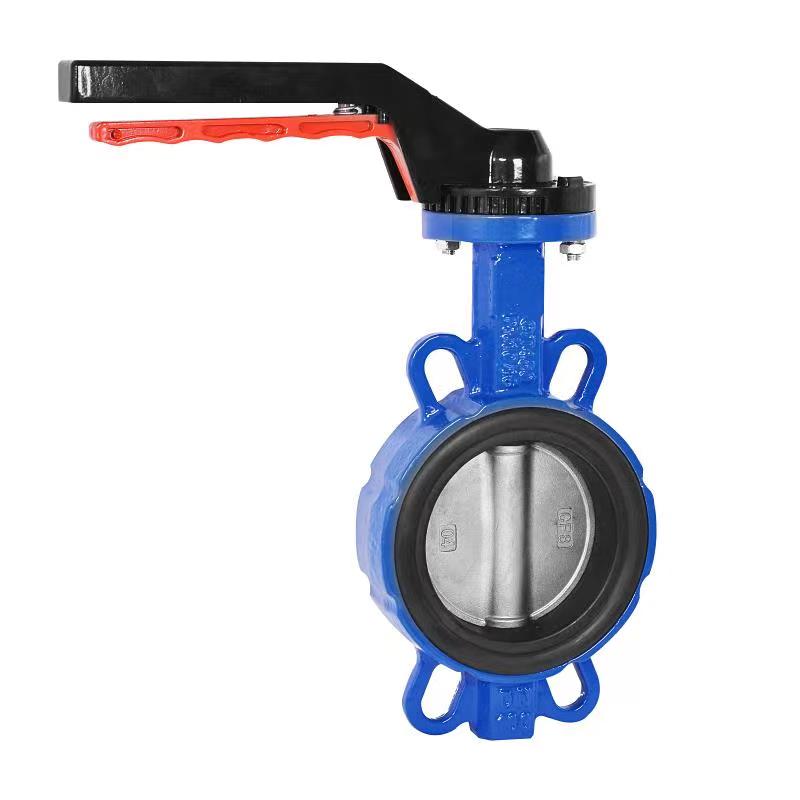
3. The regulating characteristics of butterfly valves exacerbate the risk of cavitation
Butterfly valves are commonly used for flow regulation, but when the opening is small (<15 °~20 °), the fluid passes through the narrow gap between the butterfly plate and the valve seat, causing a sharp increase in flow velocity, further reducing pressure, and significantly increasing the risk of cavitation.
Engineering case: In the inlet valve or sewage treatment system of a hydropower station, if the butterfly valve is in a small opening adjustment state for a long time, cavitation pits will quickly appear behind the valve plate, causing sealing failure and requiring frequent replacement of the valve plate or sealing ring.
4. Influence of medium characteristics and operating conditions
Particle containing medium: If the fluid contains hard particles such as sediment and metal oxides, the micro jet generated by cavitation will carry the particles to impact the sealing surface, forming a "erosion cavitation" composite damage and accelerating the failure.
High temperature or corrosive media: High temperature can reduce the surface tension of liquids and promote the formation of bubbles; Corrosive media can weaken the anti cavitation ability of metal materials, and the dual effect exacerbates the failure of butterfly valves.
5. Limitations of butterfly valve types and designs
Single eccentric/center butterfly valve: It is necessary to consider the direction of water flow (valve plate biased downstream). Reverse installation will damage the stability of the flow field and increase the risk of cavitation.
Vertical pipeline installation: The self weight of the valve plate may cause uneven stress on the sealing surface, resulting in local pressure reduction and inducing cavitation.
Soft sealed butterfly valve: Rubber sealing rings are prone to peeling and damage under cavitation impact, while hard sealed butterfly valves, although resistant to erosion, have higher costs and limited applications.
Related News
- Are there any requirements for the installation direction of butterfly valves?
- How long is the service life of butterfly valves generally?
- What media environments are butterfly valves suitable for?
- What will happen to ball valves at low temperatures?
- What is the basis for achieving ball valve sealing?
- Why can ball valves open and close quickly?
New Products


